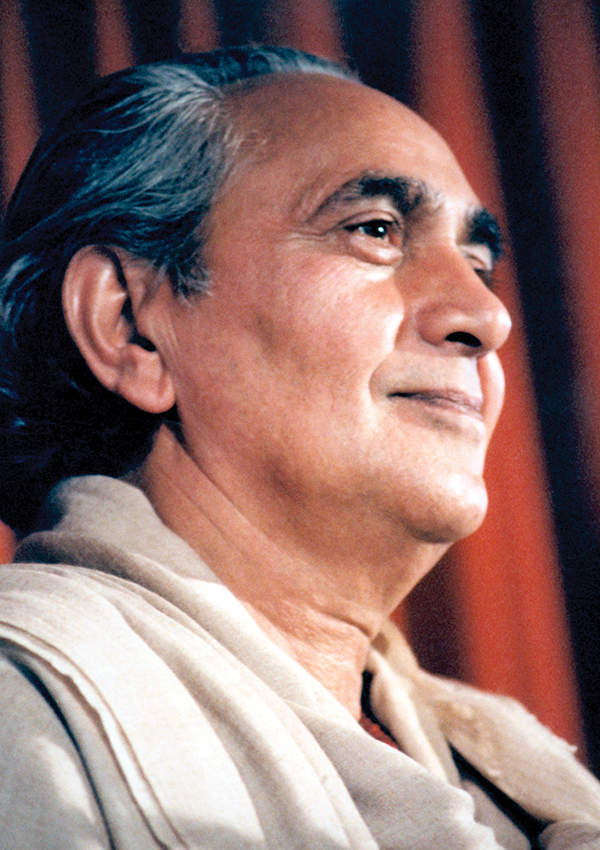Karma is actually a very simple concept; it is the law of cause and effect on the human scale, and it governs all our lives. Karma is a principle that is widely accepted and taught under many different names in the great traditions of self-transformation. The principle of karma can be summarized very succinctly and clearly: As you sow, so shall you reap. This principle makes no reference to heaven and hell, and it does not imply any sense of blame or punitiveness. Karma is only the statement of a simple fact: If we plant apple trees, they will bear apples, not lemons. The actions we perform are the cause of the consequences we see later on. Although no one escapes this natural law, we often fail to recognize the connection between cause and effect in our lives, because the effects of karma do not express themselves immediately, but instead are expressed slowly over time. Our limited awareness of ourselves also limits our ability to perceive this relationship.
According to the principle of karma, nothing happens by accident. The idea of karma is not consistent with the fatalistic idea that human being is like a leaf, blown aimlessly here and there by the wind. A human being is not at all like a passive, wind-tossed leaf, subject to the control of nature and unable to make choices. When we act as if we are lifeless leaves, our environment responds by controlling our lives, but when we act like human beings—understanding our potentials and choices—then we begin to move to another level in our development.
In the cycle of human evolution, a person gains the power and ability to choose and decide what he or she wants to do. None of us are dragged passively into this plane of reality merely because our parents gave birth to us. We came into the world because we desired to come; the advantage of human life is that it provides us with the opportunity to fulfill our ultimate purpose. We have the free will to create our own destinies; we can attain the purpose of life and overcome the bondage of past karmas. But to do this, we need to understand how to free ourselves from karma and to begin to put this knowledge into practice by changing our habits.
The law of karma—of cause and effect—affects all human beings equally, no matter what external differences we perceive among ourselves. Although no one evades the law of karma, those who have learned how to apply the principle of karma wisely are no longer the prisoners of their own actions. Instead, these wise seekers gain the power to make progress on the spiritual path by performing their actions skillfully, selflessly, and lovingly. If seekers think that they can gain self realization through meditation alone, without understanding the law of karma, they are mistaken.
The very word “karma” is often misunderstood as meaning fate or destiny, but it is actually related to the root “kri,” meaning “to do.” Thus, any action we do is a karma. There is no such thing as “good” or “bad” karma; it is simply that a particular karma will have results which either are helpful or which create further confusion in our minds.
Foolish people sometimes try to use the principle of karma to avoid taking responsibility for themselves: When something good happens to them, their egos become inflated, but when they experience the negative consequences of their actions, they say fatalistically, “Oh well, it’s my karma.” Only those rare people who are sincerely seeking can learn how to actively apply the principle of karma in their daily lives. Once a human being learns to do this, he or she transforms the whole nature of life, and thus attains freedom from the bondage of his or her actions.
To begin the journey to freedom, it is useful to think of karmas as being of three types—karmas of the past, present, and future. These karmas can be compared to an archer’s arrows. Our past actions are like the arrows that an archer has already shot toward a target. Our present actions are like arrows being readied in the hands of the archer, and our future actions are like arrows that still rest, untouched, in the archer’s quiver.
Reprinted from Yoga International Mar/Apr 1992

